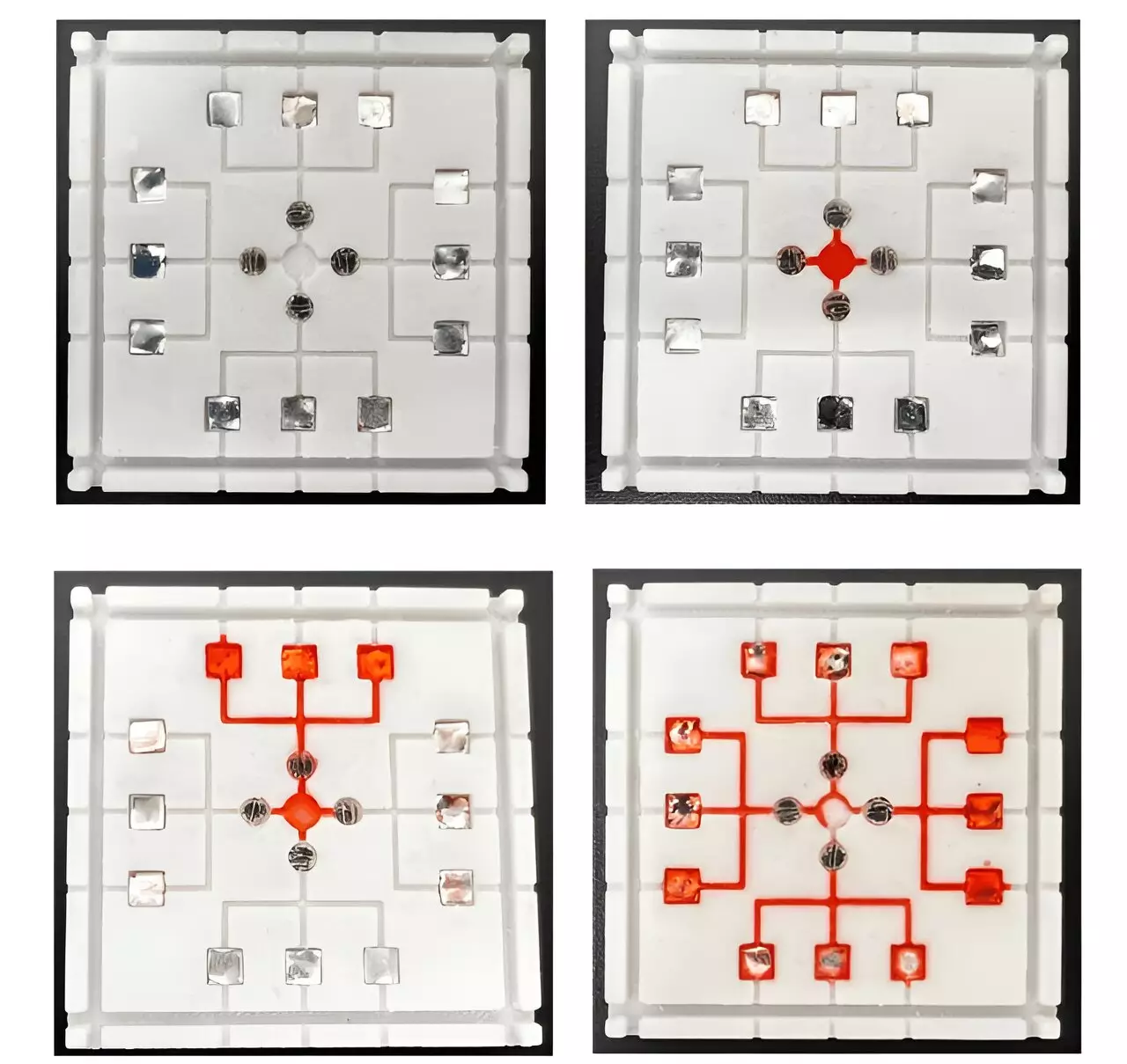When it comes to food safety, one of the biggest challenges faced by the industry is the detection of harmful pathogens. With the increasing globalization of food production and distribution, the risk of contamination is always present. The complex nature of these pathogens, their ability to thrive in different environments, and the presence of non-pathogenic organisms make it difficult to accurately and rapidly detect them.
Current detection methods, such as cell culture and DNA sequencing, have their limitations. These methods are often time-consuming, require specialized equipment and trained personnel, and are challenging to employ at large scales. As a result, not every batch of food can be thoroughly tested, leaving room for some contaminants to go undetected.
The Innovative Solution
In a recent study published in AIP Advances, researchers from Guangdong University of Technology and Pudong New District People’s Hospital have developed a new method for detecting foodborne pathogens. This method involves the use of a microfluidic chip that uses light to detect multiple types of pathogens simultaneously. Unlike traditional methods, this chip is faster, cheaper, and more effective at detecting pathogens in food samples.
The microfluidic chip is designed to target specific pathogens and is split into four sections, each tailored to detect a specific type of pathogen. When a pathogen is present in the sample, it will bind to a detection surface and change its optical properties. This innovative approach allows for the efficient detection of common bacteria such as E. coli, salmonella, listeria, and S. aureus, even at very low concentrations.
The Future of Pathogen Detection in Food Safety
With the success of their method, the researchers plan to further develop their device to make it even more applicable for food screening. By improving detection techniques and making them more accessible, the hope is to prevent contaminated food from reaching consumers and reduce the risk of foodborne illnesses. The development of advanced pathogen detection methods is crucial in ensuring the safety and reliability of the food we eat.


Leave a Reply